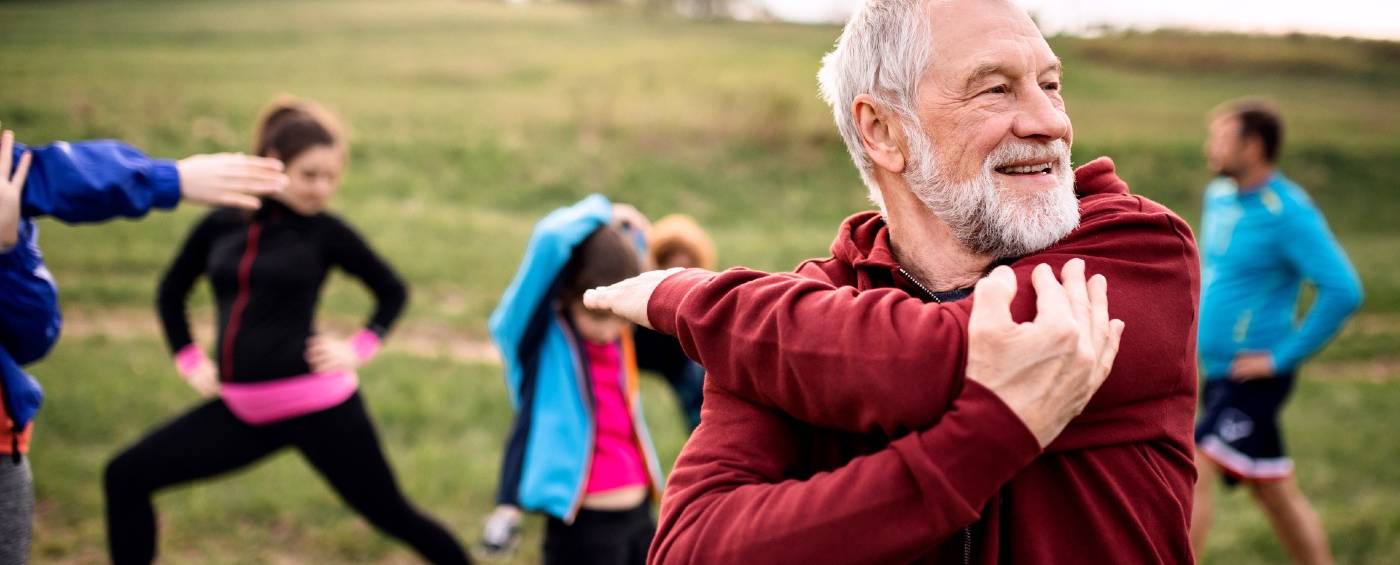Types of exercise: find the ideal one for you
Discover the types of exercise there are and find the one that’s right for you. Whether for adults, young people or even the little ones, there is an exercise that is ideal for every one of you.
TOPIC OF THE MONTH
Share
There is no need to highlight the importance of practising physical exercise for our physical and mental health. There are many studies that attribute practicing sport to a multitude of benefits for physiological, psychological and social health.
But not all of us can, or should, do the same type of physical exercise. Age, gender, the state of our health, our preferences or tastes and the objectives we want to achieve through physical exercise will determine the most appropriate physical activity for each person. And yes, there is a sport for each and every one of us, we simply need to try them out and adapt our tastes and needs.
According to data gathered in Sports Habits in Spain 2020, the last survey carried out by the Ministry for Culture and Sport, practicing sports has increased by 6.1% during the past five years. As the survey states, in Spain, six out of every ten people regularly practiced sports in 2020. Among the principal reasons, “to stay in shape” remains the main reason for 28,3%; “health reasons” for 21,9%, with a notable increase of 7.1 percentage points in relation to 2015, and “fun and entertainment” being the reason for 19.5% of respondents.
According to experts, the ideal is to practice a minimum of 30 minutes each day and to combine the three types of training to maintain good physical and mental health.
What types of exercise are there?
- Aerobic exercise. This is any type of exercise consisting of cardiovascular activity that includes the large muscle groups with rhythmic movements and doing various repetitions. This type of physical exercise makes the heart, lungs, venous system and muscles work more efficiently. It also helps to increase and improve body strength and resistance. Moreover, this activity contributes to stress reduction, as well as a reduction in stress levels and glucose in the blood, to having improved quality of sleep and to raising the spirits.
- Some examples of aerobic exercise are walking, jogging or running, cycling, dancing, swimming, playing tennis, trekking or playing golf, among others.
- Flexibility or stretching exercises. As their name suggests, they help to improve muscle flexibility and elasticity, as well as the range of movement of the joints. Having good body flexibility contributes to a greater practice of other types of physical activity, whether walking, sitting or lying down. Among the benefits of this type of exercise, it is also notable for helping to regulate stress, for promoting relaxation, and for reducing stiffness.
- Tai Chi, yoga, stretching exercises and Pilates are some of the disciplines that use this type of exercise.
- Strength or resistance exercises. This exercise practice makes muscles work more intensely. This activity also contributes to strengthening the bones and improving balance, posture and quality of life, as working on this type of coordination may help to prevent falls and injuries. Likewise, strength training that is limited to lifting light weights helps to control weight and maintain brain function. We should not confuse this type of exercise with very heavy gym routines, as this type of activity is suitable for any age or gender, as it can be adapted and allows for progression.
- Notable among strength and resistance types of exercise are weightlifting, arm flexes, wall flexes and using an elastic exercise band, among others.

Nuevo rol del consumidor
Leer más
Nuevo rol del consumidor







